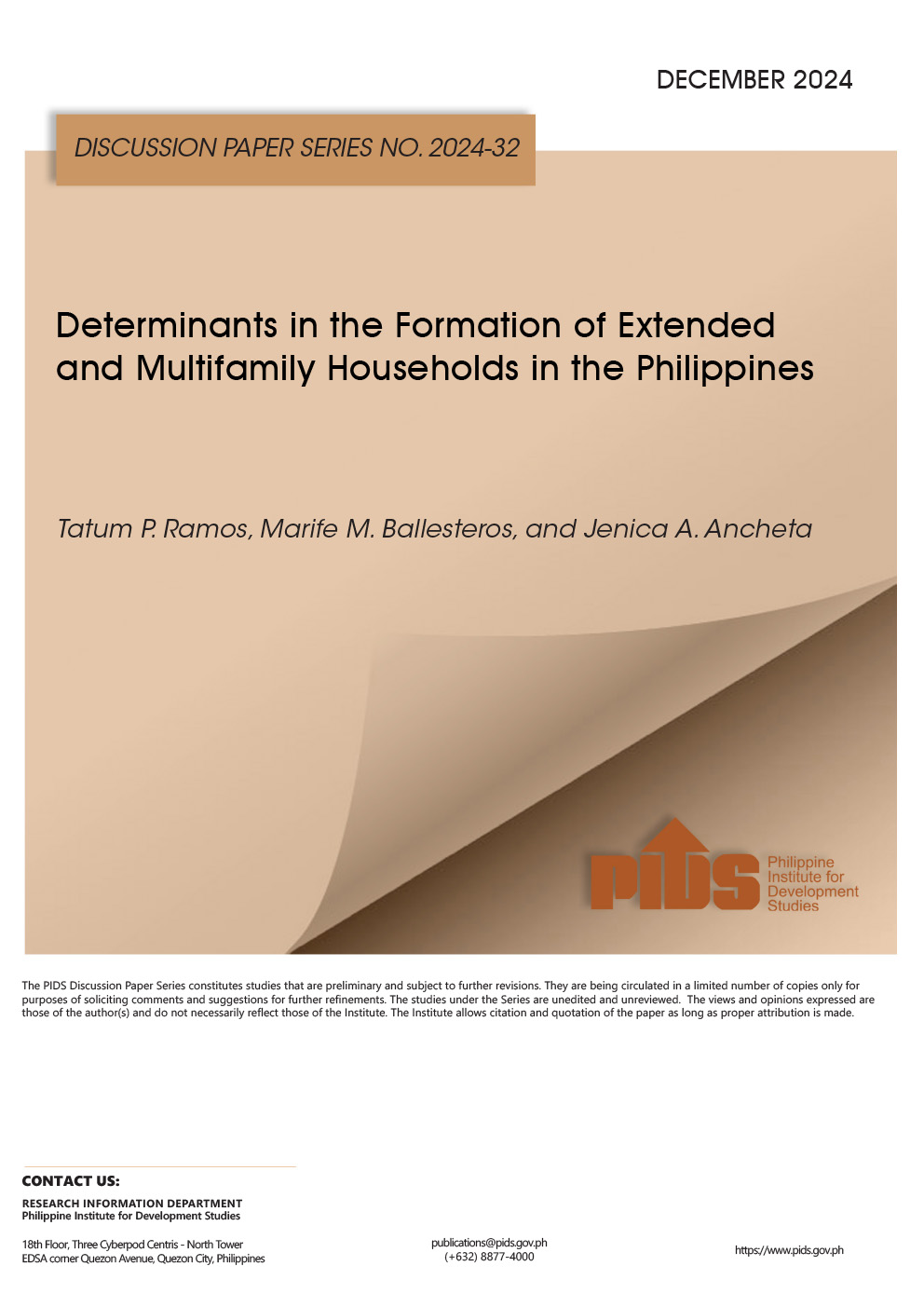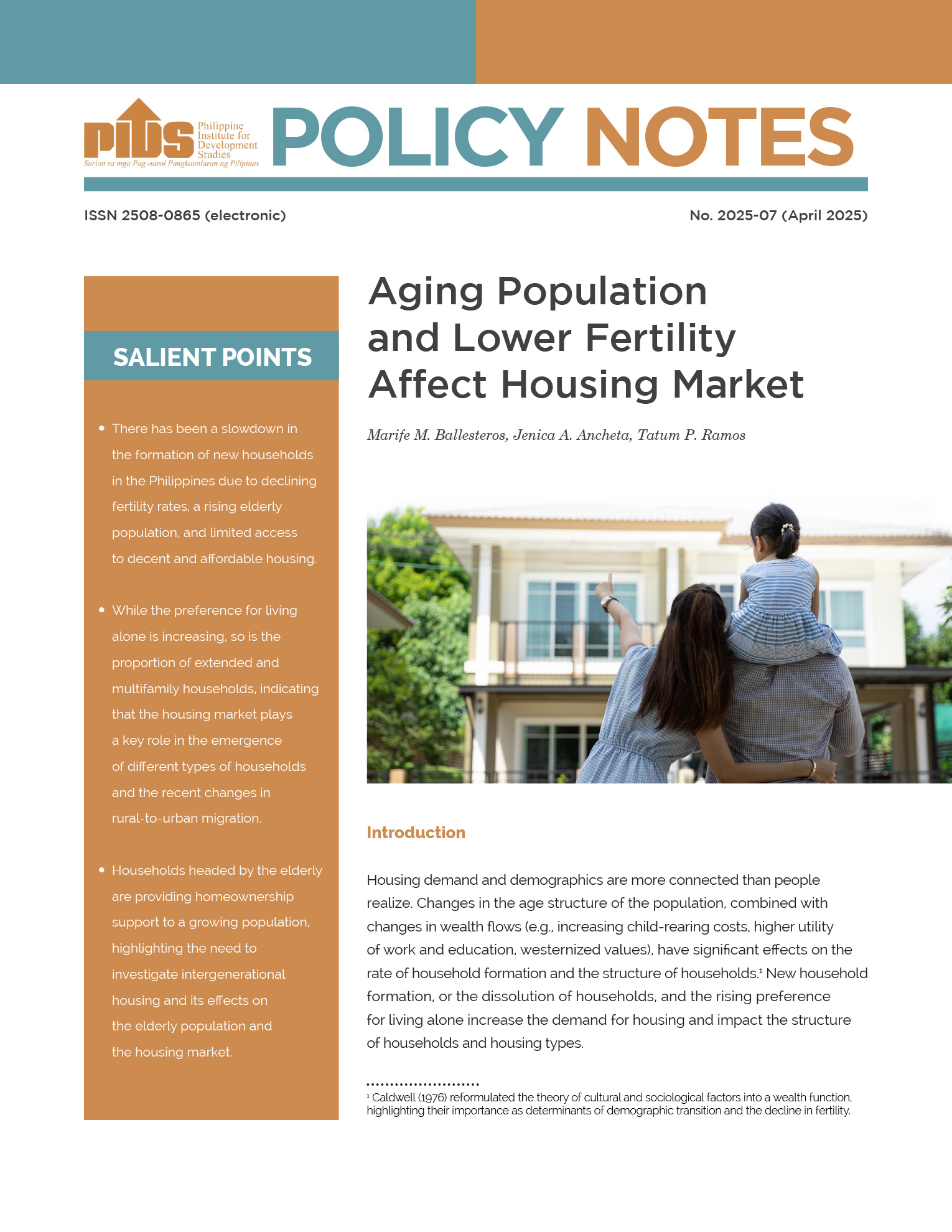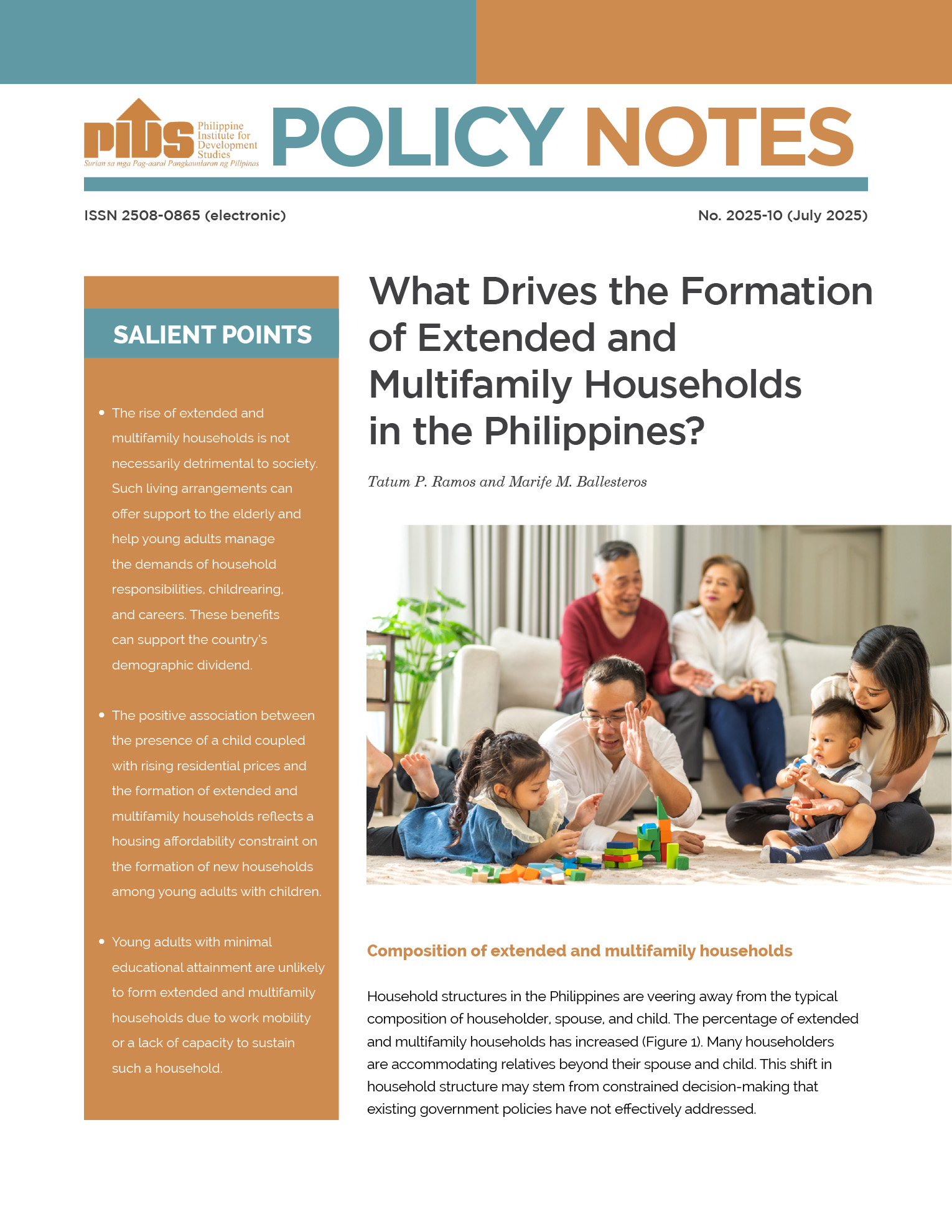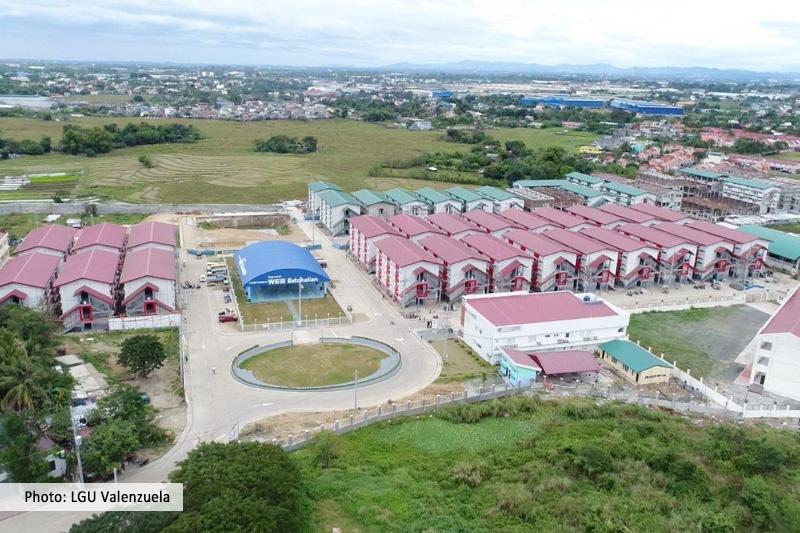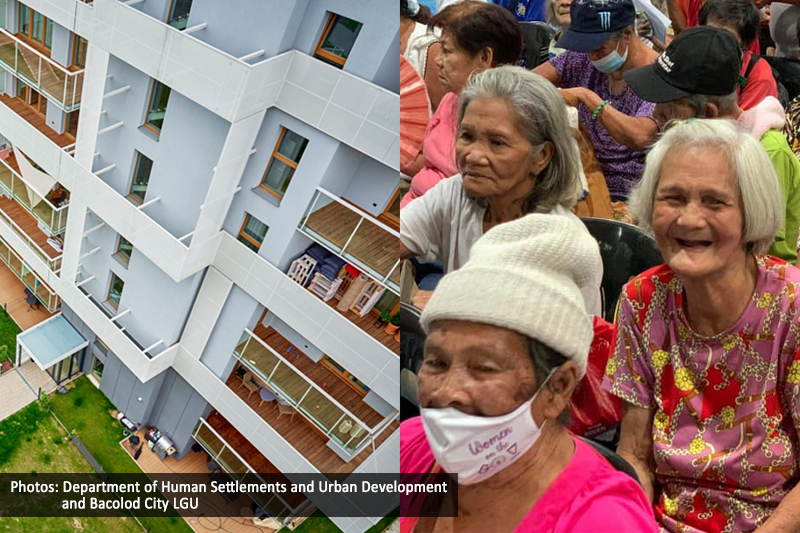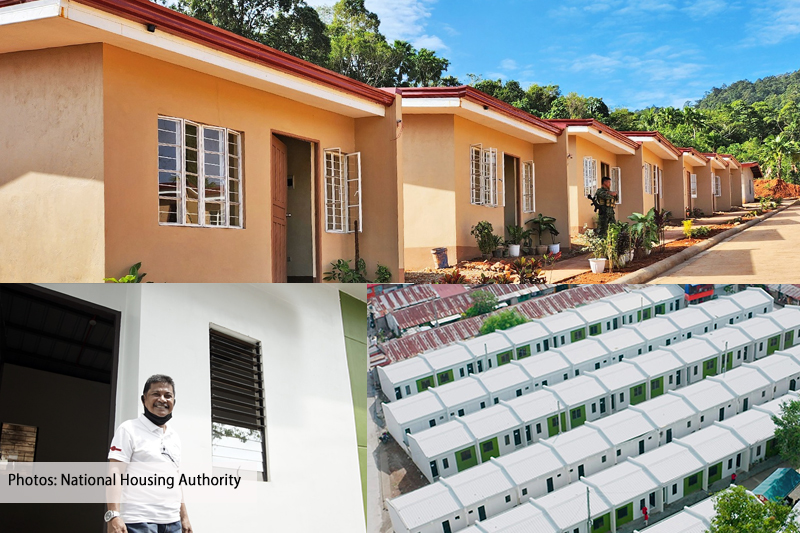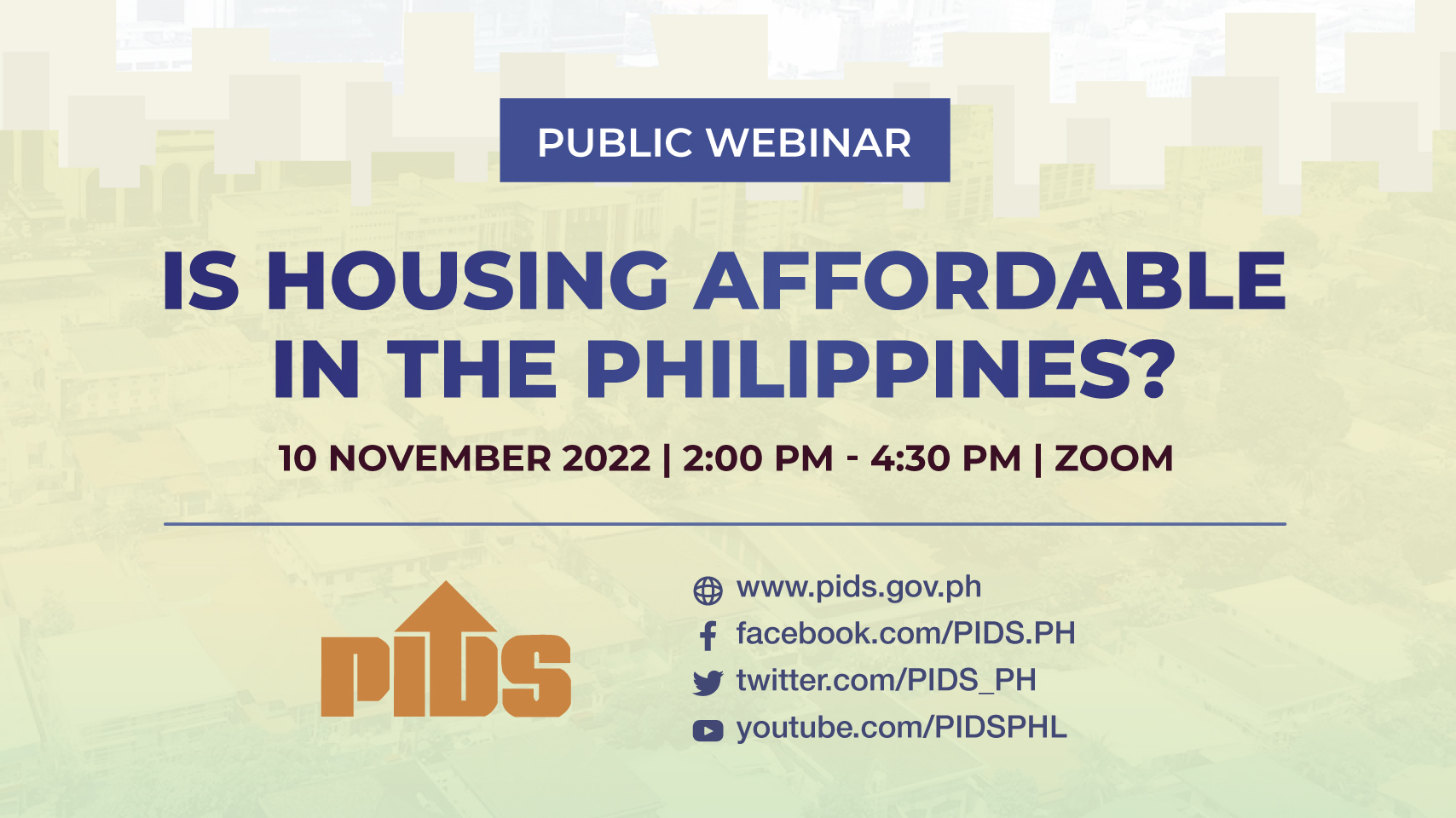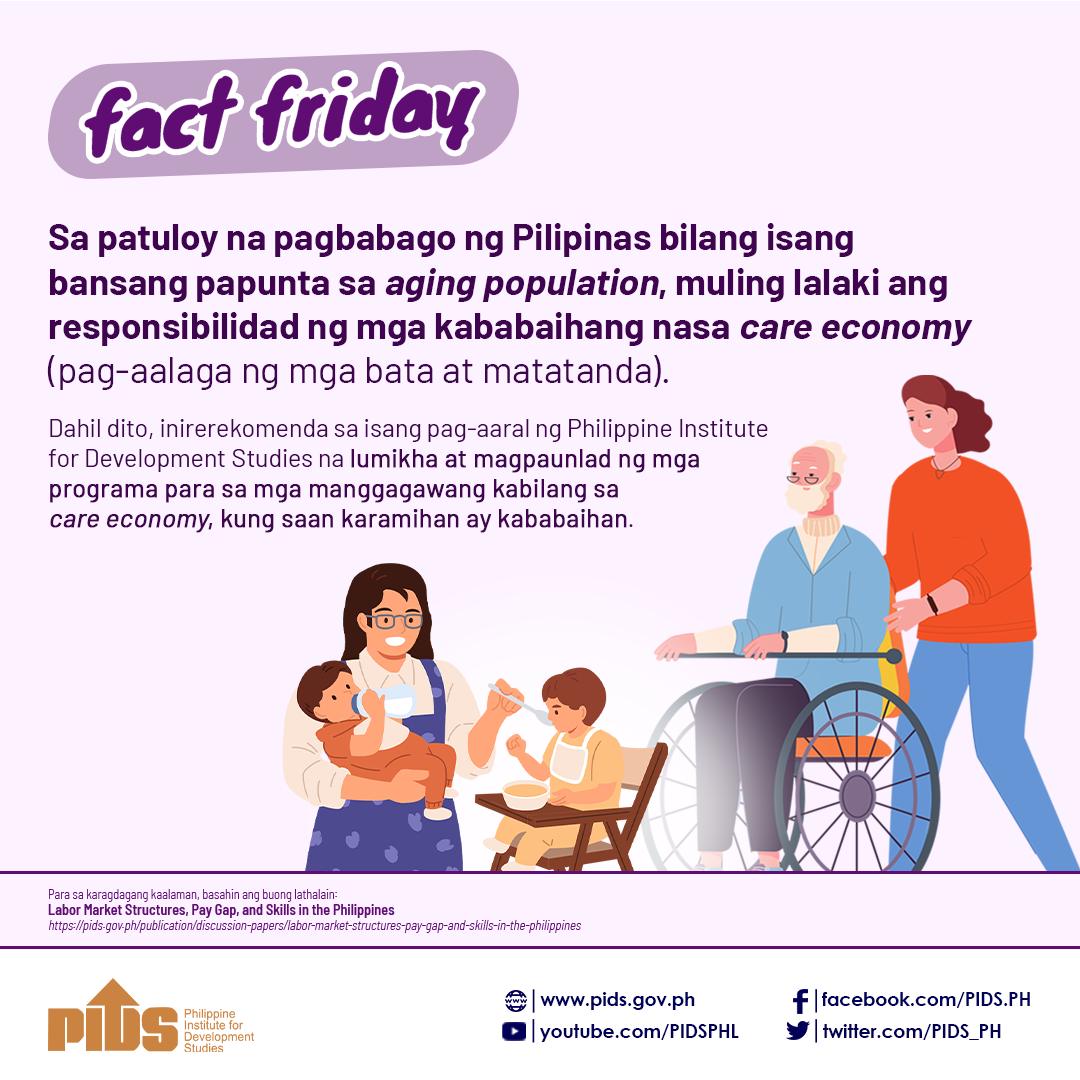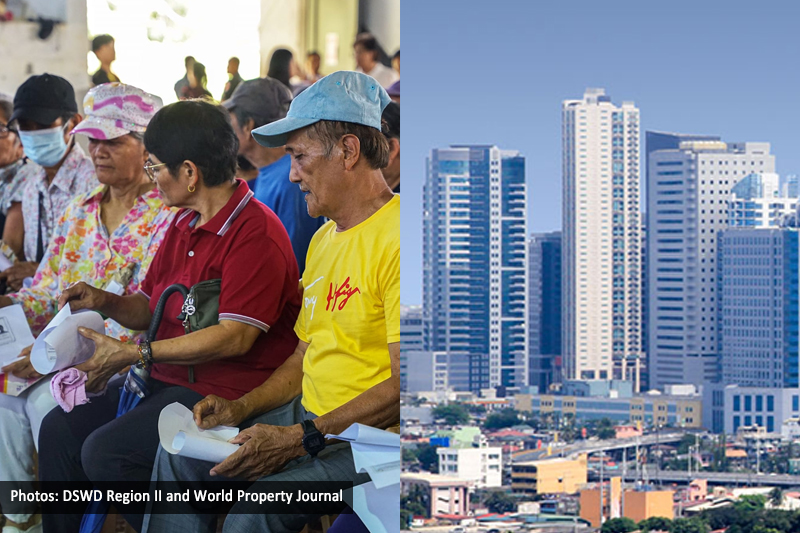
The Philippines is undergoing a demographic shift that is reshaping its housing landscape. Aging populations, shrinking household sizes, and evolving family dynamics are converging to create new challenges in meeting housing demands, according to a study by the Philippine Institute for Development Studies (PIDS).
The study, titled “Demographic Trends and Housing Patterns in the Philippines”, authored by PIDS Vice President Marife M. Ballesteros, Research Specialist Jenica A. Ancheta, and Supervising Research Specialist Tatum P. Ramos, highlights the significant implications of changes in household growth, structure, and composition over the past decades.
The authors noted the noticeable change in the age structure of the population from a broad-based pyramid in the 1970s and 1980s to a more rounded pyramid at present. The number of individuals under age five is roughly equal to those in the 15 to 20 age group, while the adult-to-child ratio continues to grow. The authors attribute this shift to declining fertility rates, longer life expectancy, and evolving societal norms.
The decrease in fertility rate from 6.0 children per woman in 1970 to only 1.9 in 2020 has caused a decrease in household size. The average household size in 1970 of 5.9 members was down to 4.1 by 2020. However, almost 37% of Filipinos belong to larger households with six or more members, suggesting that many are “merging households”. The number of households is also growing slower as the population ages.
From 2010 to 2020, total households increased by 31%, but family-type households grew at a slower rate of just 26%. This means that fewer new families are being formed, with delayed marriage and young adults staying longer at home contributing to the shift.
Furthermore, the age structure of household heads is also changing. Individuals under 25 have the lowest rates of becoming household heads, while households headed by those aged 35 to 64 have increased. “From a housing perspective, these households are more likely to own their homes rather than rent, and have a lower demand for large housing,” the authors explained.
Single-person households have also seen a significant rise, more than tripling from 2.9% in 1990 to 9.1% in 2020. This signifies a move towards greater individual autonomy but also underlines the need for affordable, smaller housing options.
Urbanization is another critical factor in reshaping housing demand. Metro Manila has witnessed a surge in its population aged 19-34, driven by job opportunities and educational prospects. Meanwhile, rural areas are seeing an increase in elderly residents, a phenomenon linked to reverse migration after retirement.
The PIDS study calls for a comprehensive, forward-thinking approach to address the challenges including the development of affordable housing projects, age-friendly designs to support the elderly, and investments in sustainable urban infrastructure to accommodate growing urban populations.
“Age is an important predictor of housing demand, closely correlated with factors such as education, income, tenure status, fertility, and even work status,” the authors stressed. The interconnection of demography, wealth, and the housing market has profound, often overlooked implications for housing policy. As such, they called on policymakers to act decisively to build a housing sector that is resilient, equitable, and responsive to the country’s changing demographics.
Read the full study at https://bit.ly/pidsdp2024-26. ###

